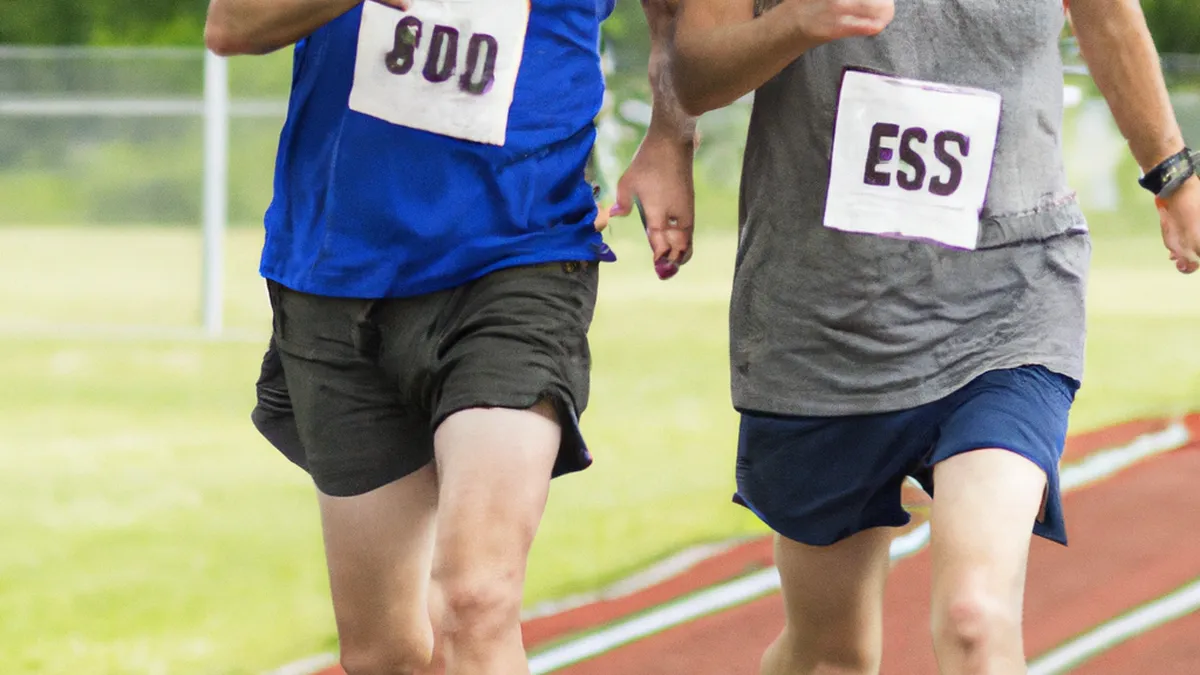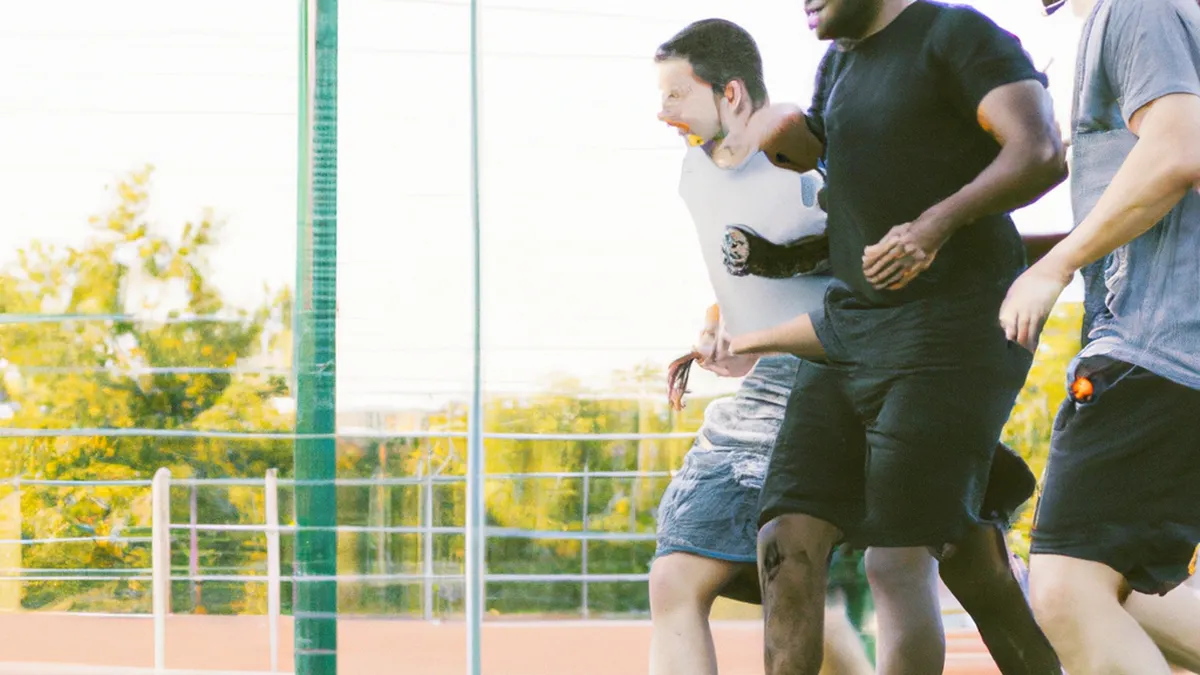Friendly Foes: Competing Against Younger Runners
Race Strategies for Older RunnersRunning rewards individuals of all ages, but older runners face unique challenges. As we age, our bodies change, affecting performance, endurance, and recovery. Many older athletes seek ways to maintain performance while reducing injury risk. This blog post explores effective race strategies for older runners, helping you navigate your journey confidently.
Understand Your Body
Aging causes significant changes in our bodies. Muscle mass decreases, bone density diminishes, and recovery time increases. Older runners must understand these changes. Listening to your body and adjusting your training is crucial.
Acknowledge Your Limits
Recognizing your limits is vital for older runners. This awareness helps prevent injuries that can sideline you for weeks. If you feel pain or excessive fatigue, ease up on training. Ignoring discomfort can lead to setbacks and long-term issues. Accept that your body may not perform like it did in your youth to maintain a healthy routine.
Set Realistic Goals
Setting realistic goals boosts motivation and mental well-being. Focus on personal bests instead of comparisons with others. Aim for improvement in times or distances rather than just completing races. For example, if you ran a 5K last year, target a one or two-minute improvement instead of beating younger competitors.
Train Smart
As an Amazon Associate I earn from qualifying purchases.
Gear tip: consider gps running watch, running shoes, and heart rate strap to support this topic.
Intelligent training becomes essential as we age. Older runners should prioritize quality over quantity in training. Here are tips to enhance your training:
Incorporate Cross-Training
Cross-training builds strength and flexibility while reducing overuse injuries. Swimming, cycling, or yoga can complement your running routine. These activities enhance overall fitness, making you a more well-rounded athlete. Aim to include cross-training sessions at least once or twice a week.
Focus on Recovery
Recovery is crucial for older runners. Your body needs more time to recover than in your younger years. Take rest days seriously to allow muscles and joints to recuperate. Incorporate stretching, foam rolling, and gentle yoga to maintain flexibility and reduce soreness. These practices enhance overall performance and longevity.
Use Interval Training
Interval training benefits older runners. This method alternates short bursts of high-intensity running with recovery periods. This approach improves speed and endurance while minimizing injury risk.
Conclusion
Older runners can thrive by understanding their bodies, acknowledging limits, setting realistic goals, training smart, and focusing on recovery.
Below are related products based on this post:
FAQ
What unique challenges do older runners face?
Older runners experience changes in muscle mass, bone density, and recovery time due to aging. These factors can affect performance and endurance, making it essential for them to adapt their training accordingly.
Why is it important for older runners to acknowledge their limits?
Recognizing limits helps prevent injuries that could sideline runners for extended periods. By listening to their bodies and easing up on training when necessary, older runners can avoid setbacks and maintain a healthy routine.
How can older runners improve their training?
Older runners can enhance their training by prioritizing quality over quantity and incorporating cross-training activities. Additionally, focusing on recovery through rest, stretching, and foam rolling is essential for maintaining performance and longevity.















Post Comment